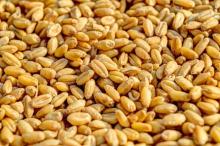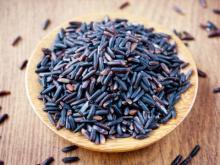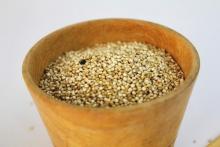Mother Earth's Medicine Cabinet: Natural Ways To Lower Your Blood Pressure
Today's walk through Mother Earth's Medicine Cabinet will lead us down the Heart Health & Healing section. There are several different natural ways to lower your blood pressure, such as adding or eliminating certain foods in your diet. Before we move on to the goodies in store that can help you with lowering your blood pressure, I'd like to explain exactly what high blood pressure is.









